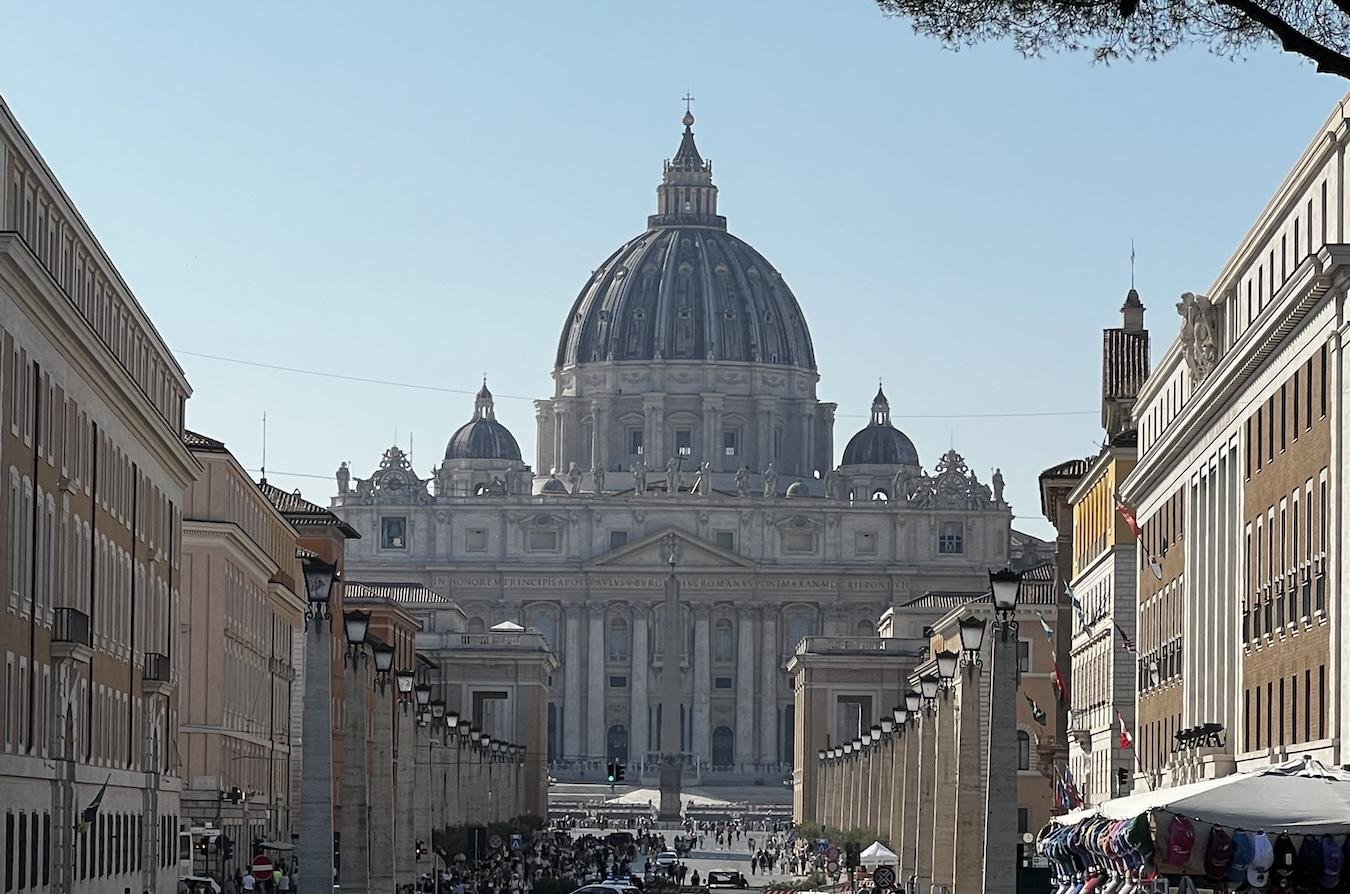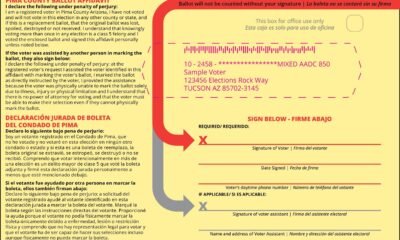faith
Inside the Conclave: Unveiling the Mysteries of the Next Pope’s Election

With the passing of Pope Francis, focus shifts to selecting his successor. This pivotal process, known as a “conclave,” involves the College of Cardinals gathering in a locked room for voting.
The voting takes place in the Sistine Chapel, renowned for Michelangelo’s stunning frescoes. Cardinals don their scarlet robes, with eligibility limited to those under 80 years old. Of the 252 cardinals, 138 are eligible to cast their vote for the new pope.
This conclave stands out as the most diverse in Catholic history. Historically, European cardinals, particularly Italians, dominated the selection process. The first non-European cardinal, Archbishop James Gibbons of Baltimore, participated in the conclave of 1903, marking a significant shift. Today, members hail from over 90 countries, with nearly 80% appointed by Francis himself.
The tradition of holding a conclave dates back to 1274 when Pope Gregory X established it to avoid lengthy election disputes. The outcome can be surprising, as seen when Francis was elected in 2013 as the first non-European pope in nearly 1,300 years.
Prior to the conclave, cardinals convene in “general congregations” to address church issues and foster connections among new and distant members. Historically, these meetings included politicking and even bribery, as was alleged in the election of Alexander VI. However, modern norms discourage self-promotion and lobbying for votes, as simony is strictly prohibited by church law.
Following Pope Francis’s funeral, the conclave will commence in two to three weeks. Cardinals will process to the Sistine Chapel, where precautions against eavesdropping will be set up. They sing the hymn “Come Holy Spirit” and vow to maintain the secrecy of the conclave proceedings.
Once inside, the Master of Papal Liturgical Celebrations announces “Extra Omnes,” signaling the closing of the doors. The conclave officially begins.
During the election, cardinals will sit by rank. Cardinal Pietro Parolin will lead this papal election, as the current dean, Cardinal Giovanni Battista Re, exceeds the voting age. A group of nine cardinals will be randomly selected to oversee the ballots, with three serving as scrutinizers to read the votes.
Cardinals cast their votes in a solemn manner, affirming the integrity of their choice. A two-thirds majority is necessary for election. If this is not achieved on the first ballot, the ballots are burned. Black smoke signals that voting is ongoing, a tradition dating back to the election of Benedict XV in 1914. This practice was refined after confusion arose during John Paul II’s election.
Should a new pope not be elected within 13 days, a day of prayer will occur, after which the election narrows to the top two candidates. This rule has the potential to lengthen the conclave and complicate the selection process.
Conclaves can vary widely in duration; for instance, Pope Pius XII’s election required just three ballots, while the longest conclave—a staggering 181 days in 1740—took place before Benedict XIV was chosen. Ultimately, when a candidate obtains enough votes, he is asked if he accepts the position, to which he responds with “Accepto.”
After accepting, the new pope selects a name, reflecting his vision for the papacy. The moment is often emotional, leading to significant reflection in the “Room of Tears,” a chamber adjacent to the Sistine Chapel. He dons the white cassock, and his election is publicly announced from the balcony of St. Peter’s Basilica.
From this balcony, he will greet the masses and deliver his first blessing, marking the dawn of a new papacy.


















